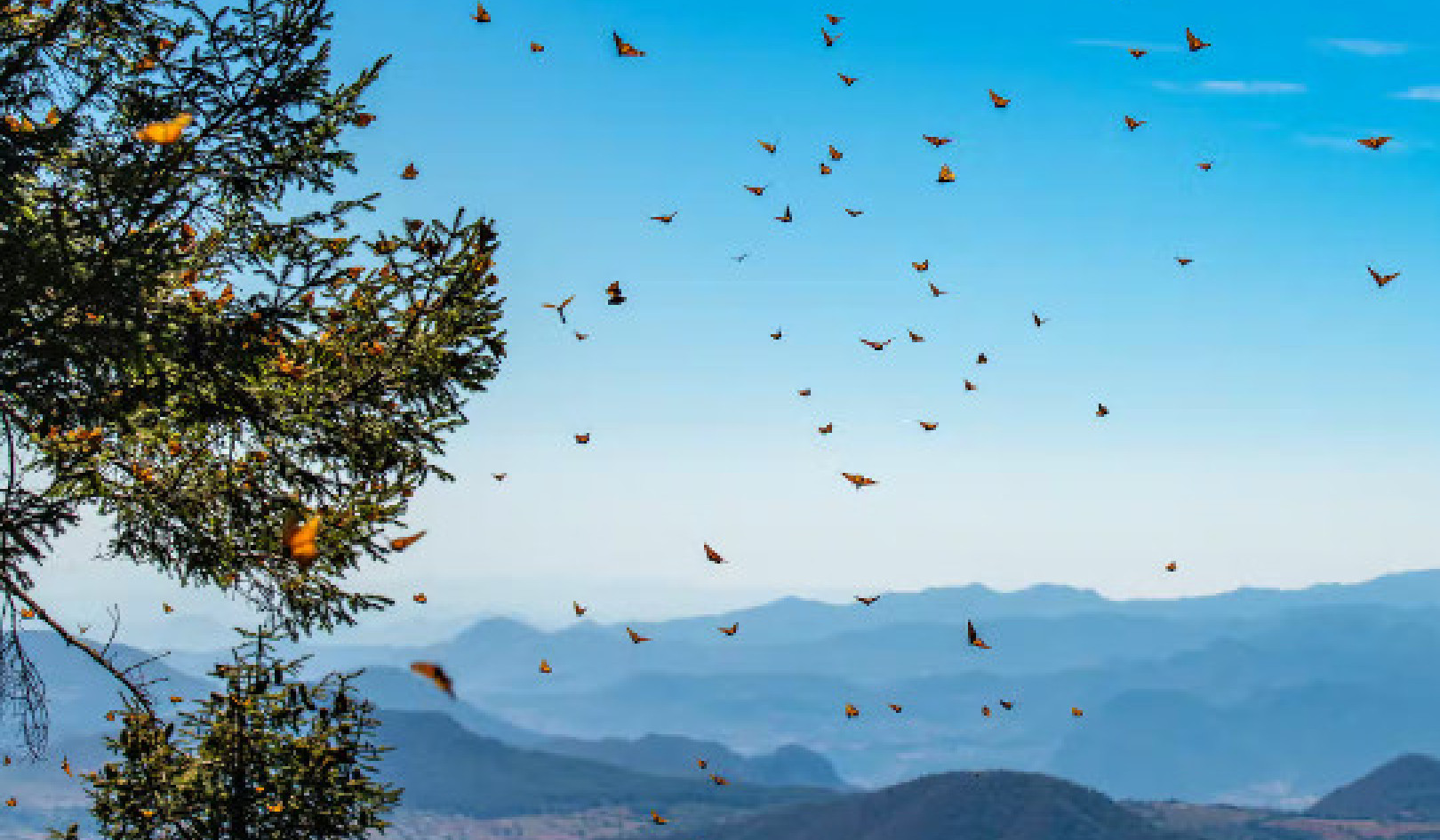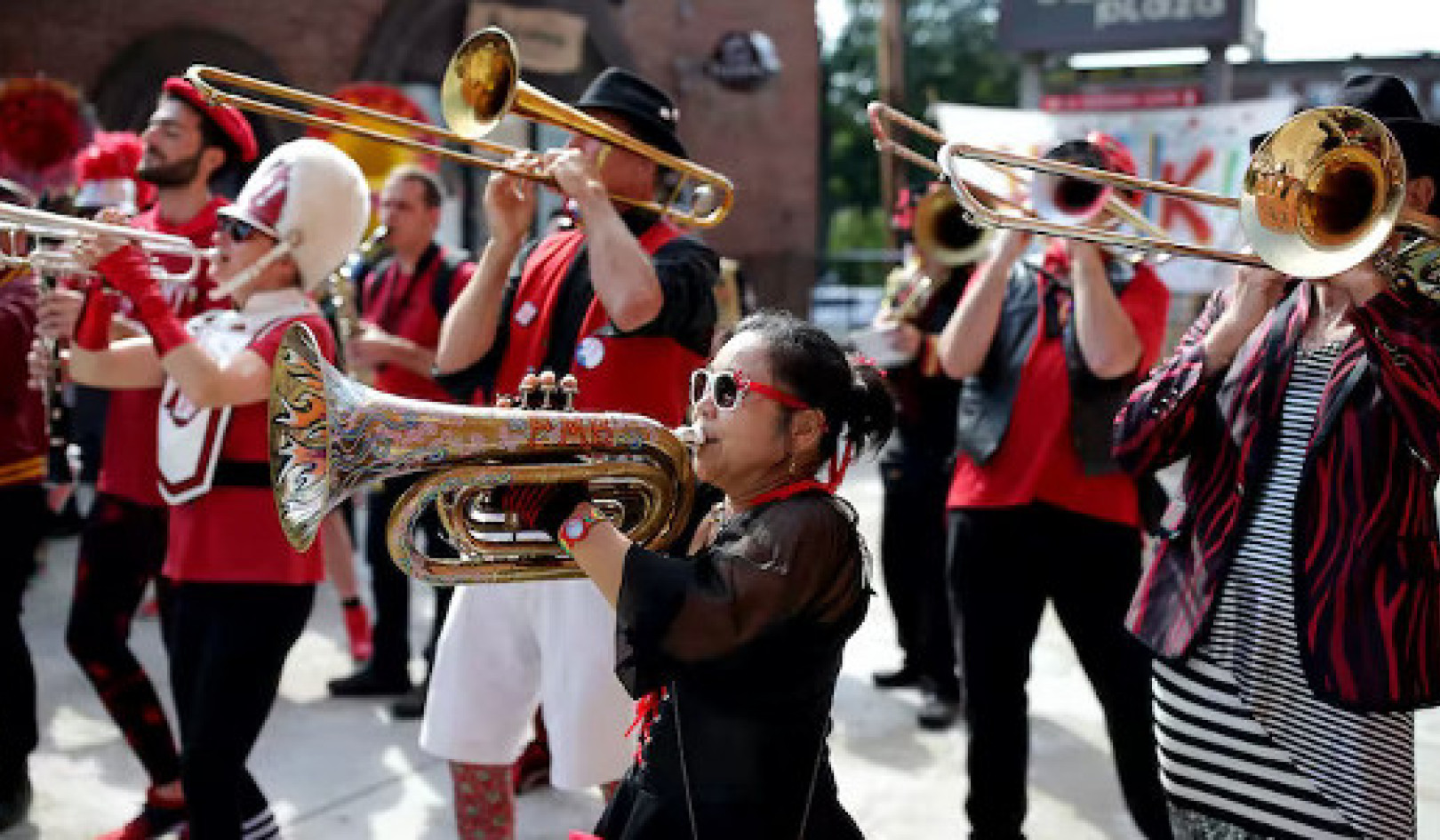
What will be the effect of global warming on the Amazon rainforest? Over the last 30 years, forest fires, most of them deliberately started to clear land by cattle ranchers and soy farmers, have destroyed thousands of square miles of forest. This has increased carbon emissions, reduced rainfall and made the forest more vulnerable to drought.
In 2005 and 2010 unprecedented droughts occurred. Could the rainforest be reduced to a savannah? If the Amazon forest shrinks drastically or disappears altogether, how will this affect the world’s climate? Are valuable clues to how past populations coped with climate change being lost for ever in the rush to dam the rivers for hydroelectric power?
The prolonged drought of 2005 caused widespread damage to the area and was seen as a possible indication that the rainforest is showing the first signs of large-scale degradation caused by climate change. A research team, led by NASA’s Jet Propulsion Laboratory, has since analysed nearly a decade of satellite data on the Amazon.
The team looked at rainfall measurements and the moisture content of the forest canopy and found that the drought caused widespread, observable damage to the canopy. The drought conditions were so severe that the rainforest was unable to fully recover before the next drought struck in 2010.
The study also found evidence that each year the amount of rainfall is reducing. Between 1970 and 1998 it fell nearly 3.2% per year, and this trend has continued. This prolonged period of below-average rain may have exacerbated the damage caused by the droughts.
Rainforests are sensitive ecosystems, and the reduced rainfall has had a noticeable impact on the region. Satellite and ground data have found an increase in wildfires and tree die-offs following droughts.
“Our results suggest that if droughts continue at five- to ten-year intervals or increase in frequency due to climate change, large areas of the Amazon forest are likely to be exposed to persistent effects of droughts and corresponding slow forest recovery”, said NASA scientist Sassan Saatchi, lead researcher of the study, published this year. “This may alter the structure and function of Amazonian rainforest ecosystems.”
Tracing The Human Tracks
An international group of scientists has now begun a project to find out what these changes could mean for the Amazon by studying the transformations undergone by the region’s mega-biodiversity (its abundance of species) over the last 20 million years. The joint project involves FAPESP, the São Paulo Research Foundation, the US’s National Science Foundation (NSF) and the American space agency, NASA.
Speaking recently in São Paulo, one of the scientists involved, Frank Mayle of Edinburgh University, Scotland, explained the reasoning behind the project: “Looking at what happened to the Amazon forest in the Holocene period might give us an idea of what could happen to the region in the future. This is because the climatic conditions then were much drier than in other periods and there was already a human presence in the region, with actions like burning and forest fires”.
The Holocene began approximately 12,000 years ago – we are still in it. But what interests the scientists is finding out what happened in the forest during and after the changes caused by the drier conditions of the mid-Holocene, about six thousand years ago, and the degree of human alterations to the environment in pre-Columbian times (before there was significant European influence).
Archaeologists are also looking to the past to find solutions to the question of how to combine economic development with protection of the environment.
Dr. Eduardo Neves, professor at the Archaeology and Ethnology Museum of USP, the University of São Paulo, has been studying archaeological sites in the Amazon for over 20 years. He believes that the indigenous societies who lived there before the Europeans arrived had created complex societies with a high degree of biodiversity, very different from modern Brazil’s proposals for the region – monoculture, vast cattle ranches, hydroelectric dams and mines, all with huge carbon footprints.
And they were not small bands of nomads either. Estimates place the population in the Amazon at approximately five and a half million people at the beginning of the 16th century (but diseases brought by the colonisers caused a catastrophic demographic collapse, with a population loss of up to 95% in the first 150 years following European conquest.) They had developed complex societies and their agriculture was based on diversity, not on deforestation or intensive farming.
Marked By Diversity
Dr Neves says: “This notion of diversity is absolutely opposed to what is proposed today as a way of occupying the Amazon… all these activities, apparently complex, are in fact simplifying, because they reduce to a very small number the immense quantity of cultural and biological varieties which make up the traditional socio-environmental Amazon systems”.
He adds: “I am not proposing that we return to living as they did in the past, but it seems to me that what we have to offer is very limited. The greatest characteristic of the tropics is nature’s biodiversity.”
Dr. Neves points out that two of the characteristic components of today’s Amazon forest – the dark earth sites and Brazil nut trees – are natural resources with a cultural origin. They result from human occupation based on the diversified exploration of resources and not on monoculture. (Dark earth sites were formed by generations of human occupation of the same site, with the accumulation of organic residues, while the seeds of Brazil nut trees were scattered by hand).
As more and more hydroelectric dams are planned for the Amazon basin – maybe up to 60 in the next decades – Brazilian archaeologists face a race against time to investigate sites before they are covered by the waters of the immense reservoirs formed to feed the turbines.
“The worst of it is that the destruction of archaeological heritage is definitive. There is no return. It is comparable to the disappearance of an indigenous language”, laments Professor Neves.
If the Brazilian authorities took more interest in understanding how the former inhabitants of the rainforest lived in it without destroying it, maybe they would replace the present aggressive policies of occupation and exploitation with one of greater respect for their ancestors’ knowledge of their environment, and thus avoid the destruction of one of the world’s great natural and cultural resources. – Climate News Network

Related Books:
The Future We Choose: Surviving the Climate Crisis
by Christiana Figueres and Tom Rivett-Carnac
The authors, who played key roles in the Paris Agreement on climate change, offer insights and strategies for addressing the climate crisis, including individual and collective action.
Click for more info or to order
The Uninhabitable Earth: Life After Warming
by David Wallace-Wells
This book explores the potential consequences of unchecked climate change, including mass extinction, food and water scarcity, and political instability.
Click for more info or to order
The Ministry for the Future: A Novel
by Kim Stanley Robinson
This novel imagines a near-future world grappling with the impacts of climate change and offers a vision for how society might transform to address the crisis.
Click for more info or to order
Under a White Sky: The Nature of the Future
by Elizabeth Kolbert
The author explores the human impact on the natural world, including climate change, and the potential for technological solutions to address environmental challenges.
Click for more info or to order
Drawdown: The Most Comprehensive Plan Ever Proposed to Reverse Global Warming
edited by Paul Hawken
This book presents a comprehensive plan for addressing climate change, including solutions from a range of sectors such as energy, agriculture, and transportation.
























